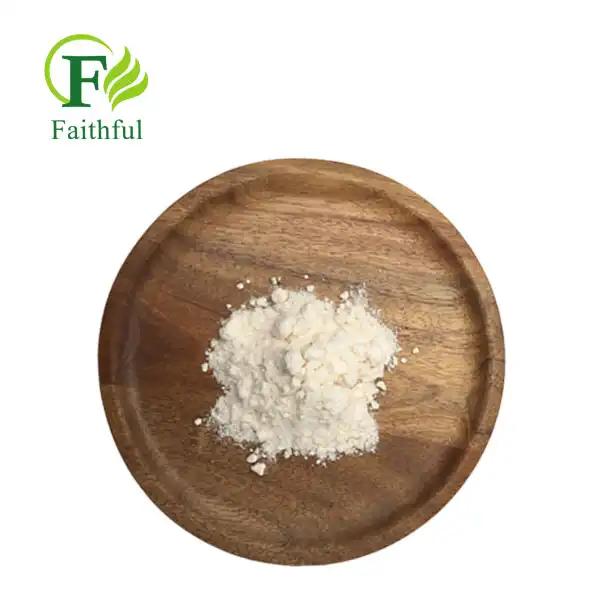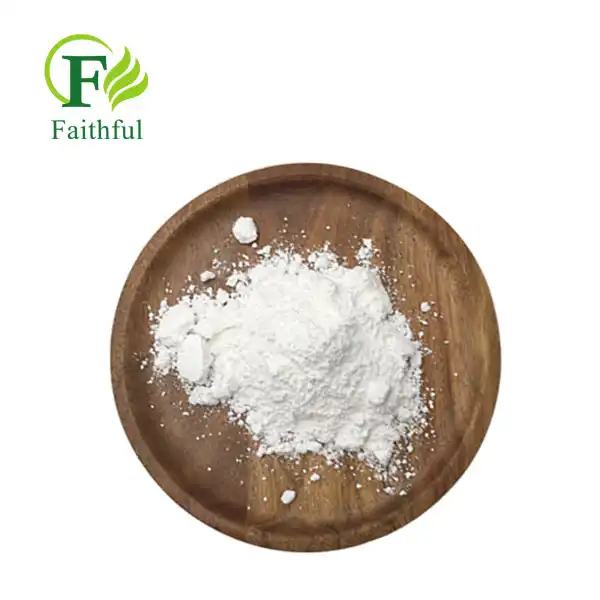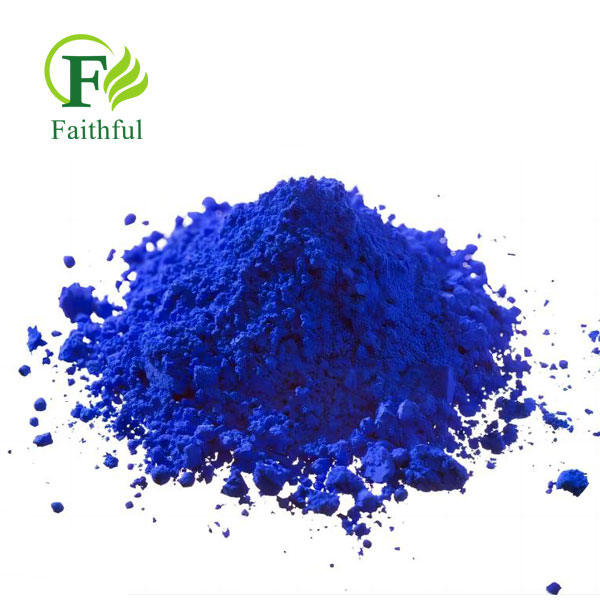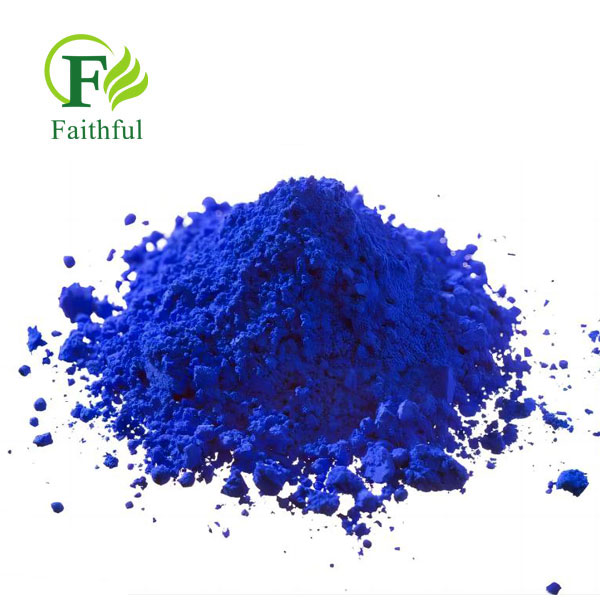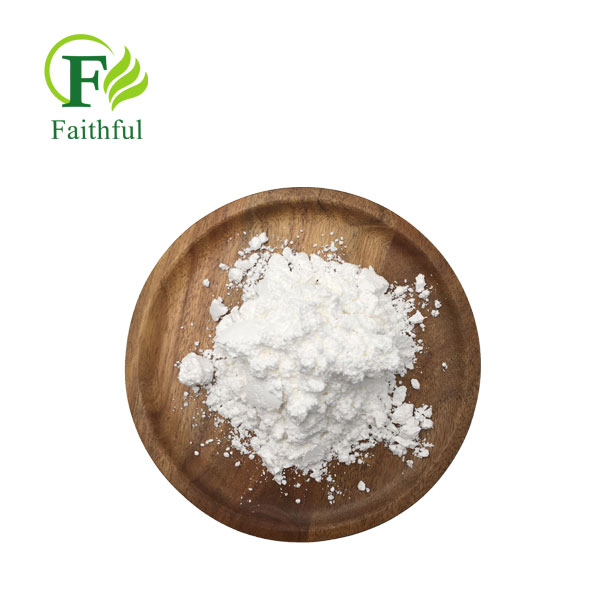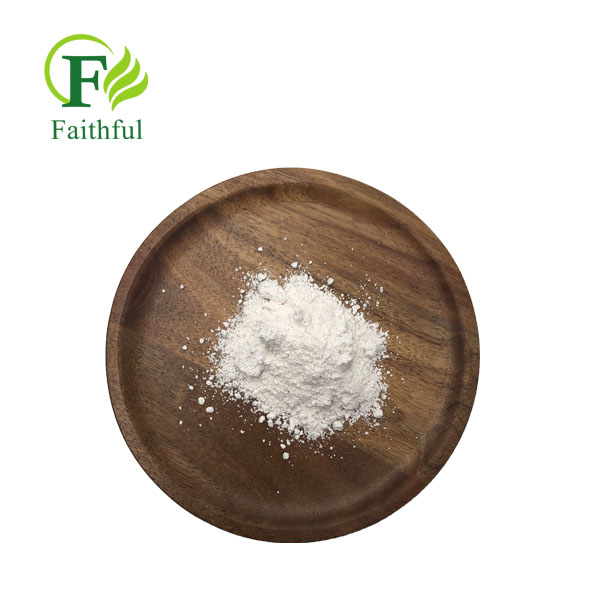How Does Gibberellic Acid Powder Boost Plant Growth?
Gibberellic Acid Powder represents one of the most powerful plant growth regulators available in modern agriculture and horticulture. This naturally occurring hormone serves as a catalyst for numerous plant developmental processes, from seed germination to fruit maturation. Understanding how Gibberellic Acid Powder functions at the cellular level reveals its remarkable ability to enhance plant productivity across diverse agricultural applications. Through precise manipulation of growth pathways, this compound unlocks plants' genetic potential, enabling farmers and growers to achieve superior yields and quality outcomes that would be impossible through traditional cultivation methods alone.
Understanding the Biochemical Mechanisms of Gibberellic Acid
Cellular Signal Transduction Pathways
Gibberellic Acid Powder operates through sophisticated cellular signaling networks that regulate gene expression and protein synthesis. When applied to plant tissues, the compound binds to specific receptor proteins, initiating cascade reactions that activate dormant growth genes. These activated genes produce enzymes responsible for cell wall loosening, protein degradation, and carbohydrate metabolism. The molecular interactions between Gibberellic Acid Powder and plant cells create optimal conditions for rapid cellular expansion and division. This biochemical process explains why treated plants exhibit accelerated growth rates compared to untreated specimens. Research demonstrates that even minimal concentrations of this hormone can trigger dramatic physiological responses, making it an invaluable tool for agricultural enhancement.
Hormone Interaction and Plant Development
The effectiveness of Gibberellic Acid Powder stems from its ability to work synergistically with other plant hormones, creating balanced growth conditions. This compound modulates the production and activity of auxins, cytokinins, and abscisic acid, ensuring coordinated developmental responses throughout the plant. When properly applied, Gibberellic Acid Powder overcomes natural growth limitations imposed by environmental stress or genetic constraints. The hormone's influence extends beyond simple elongation, affecting leaf development, root formation, and reproductive organ differentiation. Agricultural professionals recognize that understanding these complex interactions is crucial for maximizing the benefits of Gibberellic Acid Powder applications. The compound's versatility makes it suitable for diverse crops, from cereals and fruits to ornamental plants and forestry species.
Metabolic Enhancement and Energy Utilization
Gibberellic Acid Powder significantly improves plant metabolism by optimizing energy allocation and nutrient utilization efficiency. The hormone stimulates alpha-amylase production, which breaks down stored starches into simple sugars for immediate energy use. This metabolic boost enables plants to sustain higher growth rates while maintaining structural integrity and stress resistance. Additionally, Gibberellic Acid Powder enhances photosynthetic efficiency by promoting chlorophyll synthesis and optimizing light-harvesting complex formation. Plants treated with this compound demonstrate improved carbon fixation rates and better resource management under challenging environmental conditions. The metabolic advantages provided by Gibberellic Acid Powder translate directly into increased biomass production and enhanced crop quality, making it an essential component of modern agricultural practices.

Agricultural Applications and Crop Enhancement Strategies
Fruit Production and Quality Improvement
Gibberellic Acid Powder has revolutionized fruit production by enabling growers to achieve larger, more uniform fruits with enhanced market appeal. In citrus cultivation, this compound prevents fruit drop during critical development stages while promoting uniform sizing across the entire crop. Grape producers utilize Gibberellic Acid Powder to increase cluster size and berry enlargement, resulting in higher yields and improved wine quality characteristics. The hormone's application in stone fruits like peaches and plums enhances fruit set rates and reduces the need for manual thinning operations. Apple and pear orchards benefit from Gibberellic Acid Powder treatments that promote consistent fruit development and extend harvest windows. These applications demonstrate the compound's versatility in addressing specific challenges faced by commercial fruit producers worldwide.
Cereal and Grain Crop Enhancement
Cereal production benefits enormously from strategic Gibberellic Acid Powder applications, particularly in promoting uniform germination and robust seedling establishment. Barley malting operations rely on this compound to optimize enzyme production and starch conversion processes essential for brewing industries. Rice cultivation utilizes Gibberellic Acid Powder to enhance panicle development and grain filling, resulting in higher yields per hectare. Wheat producers apply this hormone to overcome dormancy issues and improve seedling vigor under suboptimal growing conditions. Corn cultivation benefits from Gibberellic Acid Powder applications that promote stem elongation and tassel development, leading to better pollination success rates. The compound's effectiveness in cereal crops demonstrates its crucial role in global food security initiatives and sustainable agricultural practices.
Horticultural and Ornamental Plant Applications
Ornamental horticulture extensively employs Gibberellic Acid Powder to create spectacular flowering displays and maintain plant quality standards. Flower producers use this compound to extend stem length in cut flowers, making them more attractive for commercial markets. Nursery operations apply Gibberellic Acid Powder to break seed dormancy in difficult-to-germinate species, improving propagation success rates. Greenhouse growers utilize this hormone to control flowering timing, enabling year-round production of seasonal ornamentals. Landscape professionals benefit from Gibberellic Acid Powder applications that enhance transplant survival and establishment rates. The compound's ability to promote uniform growth and development makes it invaluable for maintaining consistent plant quality in commercial horticultural operations.
Optimal Application Methods and Best Practices
Timing and Dosage Considerations
Successful Gibberellic Acid Powder application requires precise timing and careful dosage calculations to achieve desired results without adverse effects. Early growth stages typically respond best to hormone treatments, with seed soaking and young seedling applications showing maximum effectiveness. Concentration levels must be adjusted based on plant species, environmental conditions, and specific growth objectives. Pre-bloom applications of Gibberellic Acid Powder often produce the most dramatic results in fruit and flower production systems. Soil temperature, moisture levels, and light intensity all influence hormone uptake and effectiveness, requiring careful monitoring during application periods. Professional growers develop customized application schedules based on crop-specific requirements and local growing conditions to maximize Gibberellic Acid Powder benefits while minimizing resource waste.
Application Techniques and Equipment
Modern application methods for Gibberellic Acid Powder range from simple foliar sprays to sophisticated irrigation injection systems. Foliar applications require proper surfactants and pH adjustments to ensure optimal hormone uptake through leaf surfaces. Seed treatment protocols involve precise soaking times and concentration levels to achieve uniform germination enhancement. Drip irrigation systems allow for targeted root zone applications of Gibberellic Acid Powder, providing sustained hormone delivery over extended periods. Spray equipment must be calibrated regularly to ensure consistent application rates across treated areas. Advanced application technologies, including drone-based systems, enable precise hormone delivery in large-scale agricultural operations where traditional methods prove inadequate.
Monitoring and Quality Control
Effective Gibberellic Acid Powder programs require systematic monitoring and quality control measures to ensure consistent results. Plant response indicators include stem elongation rates, leaf expansion patterns, and flowering development stages. Regular soil and tissue testing helps determine hormone uptake efficiency and guides application adjustments. Weather monitoring systems provide crucial data for timing applications and predicting hormone effectiveness periods. Record-keeping systems document application rates, timing, and crop responses for future program optimization. Quality control protocols ensure that Gibberellic Acid Powder maintains its potency and effectiveness throughout storage and application periods, preventing costly treatment failures in commercial operations.

Conclusion
Gibberellic Acid Powder emerges as an indispensable tool for modern agriculture, offering unprecedented control over plant growth and development processes. Its versatile applications across diverse crops demonstrate remarkable potential for enhancing global food production while maintaining sustainable practices. The compound's biochemical mechanisms provide scientific foundation for achieving superior yields and quality outcomes in commercial growing operations worldwide.
For agricultural professionals seeking reliable Gibberellic Acid Powder solutions, Xi'an Faithful BioTech Co., Ltd. stands ready to support your success with high-quality products and comprehensive technical expertise. Our commitment to innovation and customer satisfaction ensures that you receive the most effective growth regulation solutions available. Contact us today at allen@faithfulbio.com to discover how our premium Gibberellic Acid Powder can transform your agricultural operations and maximize your crop potential.
References
1. Davies, P.J. (2010). Plant Hormones: Biosynthesis, Signal Transduction, Action! Springer Science & Business Media, Third Edition.
2. Hopkins, W.G. & Hüner, N.P.A. (2009). Introduction to Plant Physiology. John Wiley & Sons, Fourth Edition.
3. Sponsel, V.M. (2014). Gibberellin Biosynthesis and Metabolism in Plant Development. Annual Review of Plant Biology, 65, 259-286.
4. Yamaguchi, S. (2013). Gibberellin Metabolism and Its Regulation. Annual Review of Plant Biology, 59, 225-251.
5. Fleet, C.M. & Sun, T.P. (2005). A DELLAcate Balance: The Role of Gibberellin in Plant Morphogenesis. Current Opinion in Plant Biology, 8, 77-85.
6. Hedden, P. & Thomas, S.G. (2012). Gibberellin Biosynthesis and Its Regulation. Biochemical Journal, 444, 11-25.



